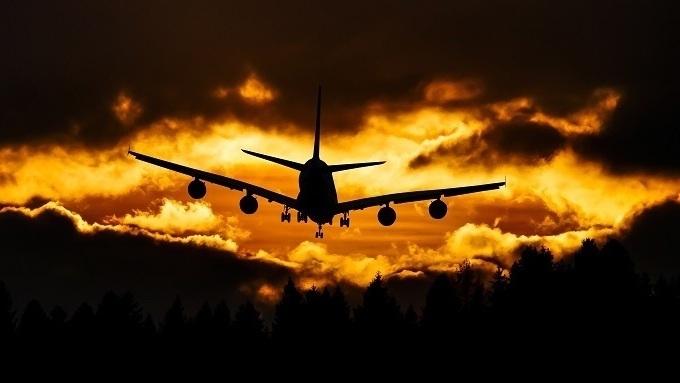Research In Action
Research In Action
Breadcrumb

Airplane Safety Restraint for Kids with Special Needs
Last summer, I reviewed why airplane travel can be challenging for families of children with autism and other developmental disabilities. My colleague Flaura Winston's most recent Healthy Kids blog post on how to transport children safely in planes inspired me to look into the options for safe airplane restraint for some of my patients for whom the traditional airplane seat belts may not be adequate (e.g., child may frequently unbuckle or wriggle out of the seatbelt) and/or who may exceed the weight limit of other traditional restraint systems.
According to the Federal Aviation Administration (FAA), "Airlines must allow a child who is under the age of 18 to use an approved CRS that is properly labeled, appropriate for the child's weight, and as long as the child is properly secured in the CRS. Many companies manufacture CRSs approved for use on aircraft that are specifically designed for larger children who are physically challenged."
These more specific CRS might include car beds for children who need to remain supine, or adaptive car seats designed with larger weight/height limits and additional support.
However, what if my patient doesn't necessarily need an adaptive child car seat but has behavioral challenges, and the parents feel that the traditional airplane seat belt may not be effective enough to keep him restrained?
As mentioned in Dr. Winston's blog post, the CARES restraint is approved for airplane use for children 22-40 lbs and up to 40 inches tall. If a child exceeds the weight limit but the parents feel that this is still a better option for restraint, they can apply for an exemption from the FAA: "If your special needs child is over the weight/height limitation for which CARES is currently certified, and your child’s medical advisor thinks CARES is an appropriate restraint, you can request an “Exemption” (from current regulations) from the FAA so you can use it. Larger special needs youngsters who are granted this exemption will be seated in the last row of a section of the plane, so no one sits behind the child who might brace against that seat. The FAA exemption will be valid on all US airlines."
I caution you that it is relatively complicated to petition for this exemption and you should allow up to two months to receive the exemption letter from the FAA. The CARES website seems to provide the clearest instructions for this procedure.
I've personally used the CARES restraint with my own child and I think that for my patients with challenging behaviors, the 5-point restraint is a good option to keep kids from unbuckling their seat belts.
I recommend discussing CARES as a possibility for families who may not be aware that they can use the harness with their larger children for flying (as long as they apply for an exemption). This may address at least one barrier for flying and travel for my families of children with special needs, and make airplane travel a bit easier.

